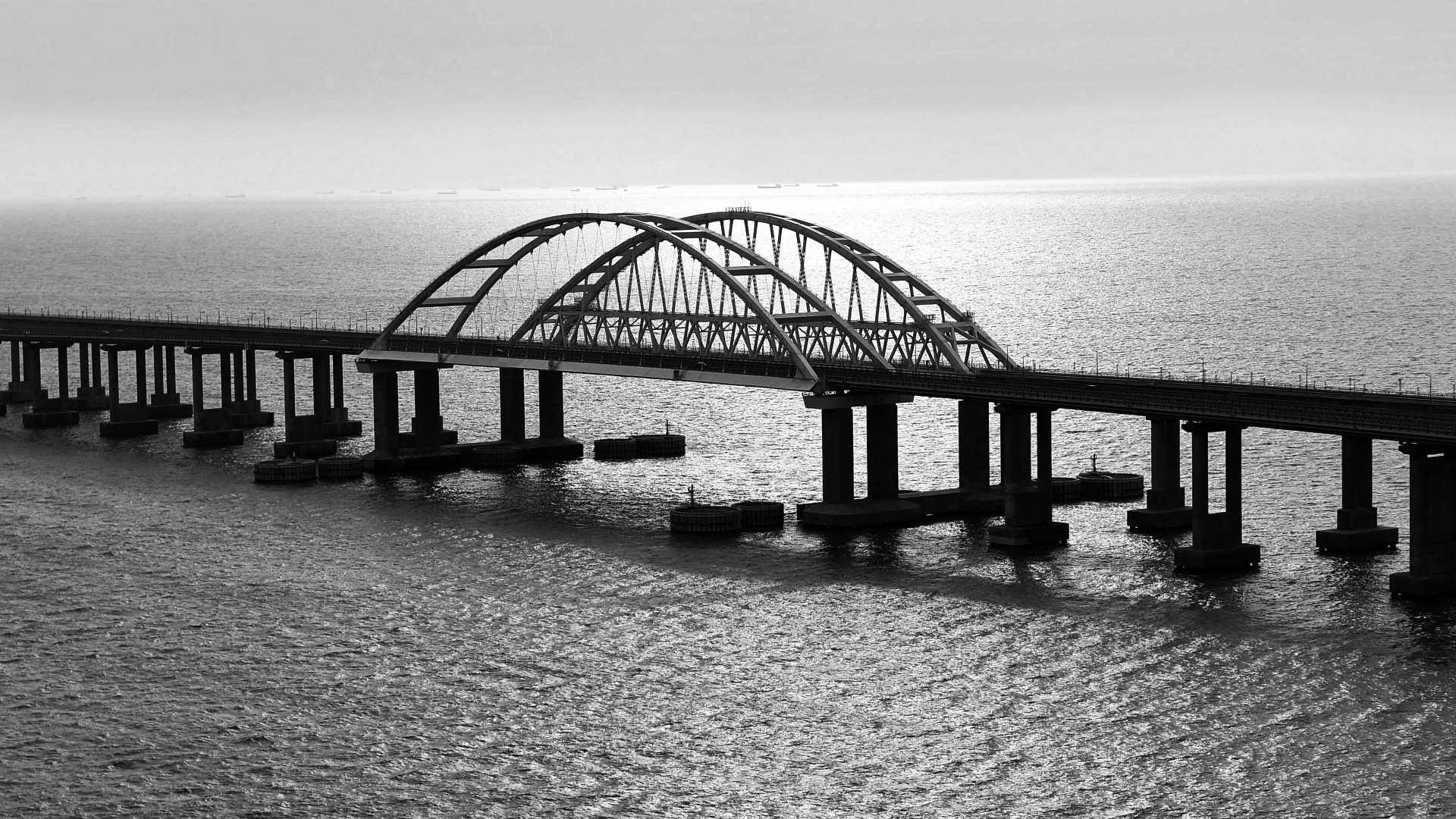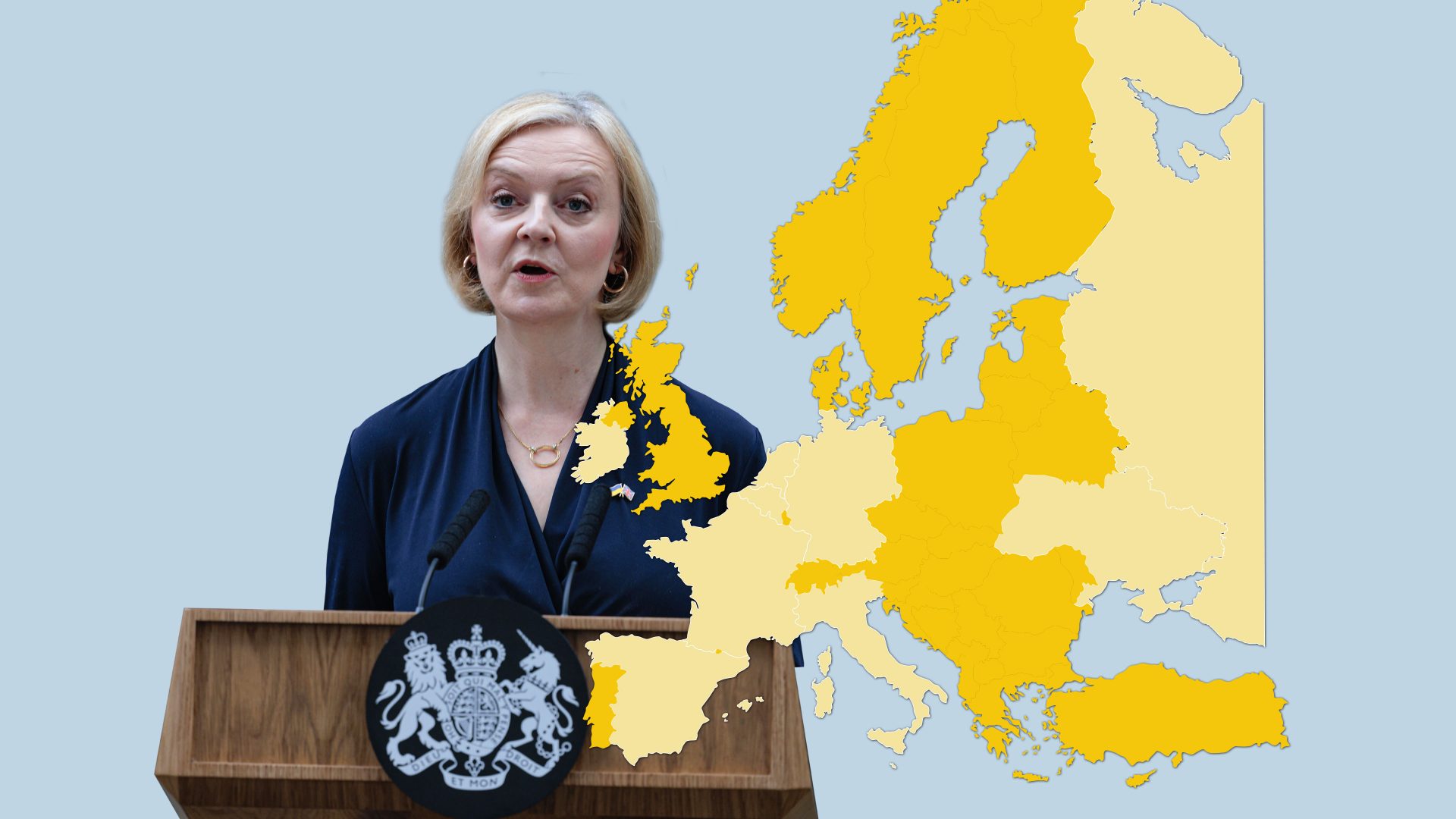There’s a famous philosophical conundrum that got its first outing in Plutarch’s Lives: The Ship of Theseus. Theseus, hero and founder of Athens, returned from Crete after slaying the minotaur. The ship he sailed home in was kept in the harbour as a memorial for several centuries. Gradually, parts of the ship began to rot. As each one decayed, it was replaced with a new one. Eventually, none of the original planks remained. Plutarch tells us this then became the standard example for philosophers discussing identity. Was it the same ship that Theseus sailed? Some said yes, others no.
Something similar might be asked about the Cutty Sark, the 19th-century tea clipper in dry dock in Greenwich. After a major fire in 2007, the ship was reconstructed. Fortunately, some planks and the original masts were in a warehouse, taken there for conservation, and when the parts were all put together as much as 90% of the original ship materials were used, though the keel and main deck were replaced, and new props fitted. Is the Cutty Sark today the same ship that was first launched in 1870? Some say yes, others no.
A typical philosopher’s answer to the question of whether the Ship of Theseus or the Cutty Sark are the same ships they were before is that it depends why you’re asking that question. If you want to know whether or not there is continuity, then obviously there is. Just as a living human being is the same human in some sense 20 years after you first meet them, even though physically, much of their body will have changed, so ships replaced plank by plank remain the same ships. But if you’re asking whether molecule for molecule the original and the descendant ships are identical, then clearly they are not.
A similar philosophical issue of identity arises for bridges. Most tourists to Florence don’t realise this, but the elegant bridge known as the Ponte Santa Trìnita, originally built in the 16th century, was destroyed by retreating Nazis in 1944. What visitors see today is a meticulously reconstructed version completed in 1958 using a combination of original stones retrieved from the Arno river and blocks cut from a nearby quarry.
Is it the same bridge as the Renaissance one? It depends why you are asking. It’s in the same place and looks like the original. Stonemasons used Renaissance techniques of construction and the results are splendid. But it is a reconstruction, nevertheless.
What about the Kerch Strait bridge that joins (or rather joined) Russia to Crimea? This 12-mile, multibillion-rouble construction combines parallel bridges – a four-lane road bridge and a double-track railway. Completed in 2018, it was President Putin’s pride and joy, and a visible symbol of his expansionist annexation of Ukrainian territory.
During the Russian war against Ukraine it has been a vital route for supplies for the occupiers. Is it the same bridge as it was before the bombing that caused massive damage to its structure and even greater reputational damage to Putin? At the moment it is scarcely a bridge at all, as traffic crossing it is severely limited. Despite early propaganda claims that it was already repaired and functioning as a bridge, the full reconstruction is now not scheduled to finish before July 2023. Girders have been weakened and replacing them will be a tricky business. But once the broken parts are reconnected, and it is back to its original form, with traffic and trains passing freely along it, will it be the same bridge?
I don’t think so. Visually indistinguishable objects aren’t necessarily identical. The bridge when it was built was a symbol of power and occupation. Today it’s a symbol of Russian vulnerability. The patched-up bridge might end up looking just like the original, but for Ukrainians and many others around the world it will be very different. It will for ever remind us of the brave, sustained, and skilful Ukrainian resistance to an allegedly stronger military force.
While Russia occupies Crimea it will remain a plausible target. Anyone who crosses it will know that it could be bombed again. If the Russians leave Crimea, it will be blown up in a symbolic severing of links to Russia. The world will watch, and mostly applaud. If the Russians don’t leave, sooner or later it will be attacked again. Perhaps its further destruction will trigger a nuclear response from Putin. But whatever happens, it won’t be the same bridge it was. It has already been transformed.



